 ACAP Executive Secretary, Dr Christine Bogle
ACAP Executive Secretary, Dr Christine Bogle
ACAP’s Executive Secretary, Dr Christine Bogle has been steering the Agreement on the Conservation of Albatrosses and Petrels since late 2018, bringing her passion and wealth of diplomatic experience to this critical role.
A citizen of New Zealand, Christine spent over three decades as a New Zealand diplomat, including three postings as Head of Mission, and her academic background includes a PhD in Political Science and International Relations from Victoria University of Wellington, New Zealand.
As the Agreement begins the search for her successor, Christine shares valuable insights into the multifaceted responsibilities of the Executive Secretary. From navigating administrative challenges to fostering international collaboration, Christine provides a comprehensive understanding of the role's intricacies and rewards.
How would you describe the role of the Executive Secretary?
The role is a mixture of management/administration and international diplomatic engagement and advocacy. The ACAP Secretariat is a small office of only two staff, and the Executive Secretary accordingly has responsibility for carrying out a large number of administrative and organisational tasks, such as managing the Agreement’s Budget. On the international side, the Executive Secretary represents ACAP at a range of regional and multilateral meetings, as well as one-on-one engagement with relevant contacts worldwide. Both aspects of the job require a large amount of report writing and other written activities.
How do you balance the administrative tasks with the passion for wildlife conservation in your daily routine?
Fortunately, the role itself provides a balance between these factors. The diplomatic engagement and advocacy allow me to play my part in the efforts to “achieve and maintain a favourable conservation status for albatrosses and petrels” (the overall objective of ACAP). The administrative functions also support the objective by ensuring the smooth management of the Secretariat and helping facilitate coordination amongst the ACAP Parties and others.
How does the Executive Secretary facilitate communication and collaboration among Parties and stakeholders to promote and achieve the objectives of ACAP?
The main occasions on which the ACAP Parties and other interested bodies come together are the annual ACAP meetings (the Meeting of the Parties every three years, and the Advisory Committee and Working Groups in the intervening two years). The Executive Secretary plays a key role in organising and managing these meetings, together with Secretariat staff and meeting Chairs and Convenors.
What challenges have you faced while working as the Executive Secretary, and how did you overcome them?
A major challenge, obviously not just for me as Executive Secretary, was the COVID pandemic. Together with colleagues, I had to work out ways to continue ACAP’s operations without our annual in-person meetings, and to engage internationally with ACAP’s international partners. I can’t personally take credit for the coping mechanisms that we developed, as they were the result of collaboration and consultation with a large number of contacts. To take but one example, some organisations developed the concept of using pre-meeting discussion documents (by correspondence) to deal with some agenda items of their annual meetings and to enable the (necessarily online) meetings to be shorter and more efficient. This was a practice that ACAP adopted.
A challenge more specific to ACAP is the need to encourage more Range States to become Parties to the Agreement. Although no new accessions to the Agreement have as yet taken place during my term, I have taken every opportunity to encourage relevant countries to consider joining ACAP, or at least to participate in our meetings as observers.
What skills or attributes do you believe are necessary to succeed in this position?
The skills needed for the position are those outlined in the criteria (essential and desirable) as set out in the advertisement for the position. These are:
Essential criteria
- Must be a national of an ACAP Party.
- Experience or detailed knowledge of the operations of international intergovernmental organisations.
- Representational and promotional skills.
- Fluency in English.
- Demonstration of an appropriate level of managerial experience and proven competence, including: (a) the preparation of financial budgets and the management of expenditures, and (b) the organisation of meetings and provision of Secretariat support for high level committees.
Desirable criteria
- Familiarity with the conservation of albatrosses and petrels.
- Relevant experience and qualifications.
- Proficiency in the other languages of ACAP Parties and Range States, in particular the other two official ACAP languages (Spanish and French).
From these it can be seen that, as I commented earlier, the position requires both multilateral diplomatic experience and organisational ability. Both these aspects of the job require a large amount of report writing and interaction with a range of different contacts. Hence, fluency in English is highlighted as an essential criterion, while proficiency in other relevant languages (in particular, French and Spanish, the other two ACAP official languages) is included amongst the desirable criteria.
What do you enjoy most about the position?
As a diplomat with many years of experience working in different countries, I particularly enjoy the interaction with colleagues from all over the world, and the opportunity to use my language skills in Spanish and French. An added bonus is the location of the Secretariat in Hobart. It’s been a real privilege to be able to spend several years getting to know Tasmania, which was also the home of some of my ancestors in the 19th century. For me, then, the great attractions of the job have been – the ability to use my diplomatic skills, using my language skills on a regular basis, and being part of the international community, while living in wonderful Tasmania.
ACAP are now accepting applications for the role of Executive Secretary, to commence on 1st July 2025. If you are passionate about contributing to the preservtion of albatrosses and petrels, this role offers a meaningful opportunity to be part of a crucial conservation effort. Applications can be submitted in any of ACAP's three official languages. Information on the role can be found in all three languages at the following links:
English: Advertisement of Vacancy for ACAP Executive Secretary 2025
French: Annonce pour le poste de Secrétaire exécutif de l'ACAP 2025
Spanish: Anuncio para el cargo de Secretario Ejecutivo del ACAP 2025
The deadline for applications is close of business 2 April 2024.
13 March 2024

 English
English  Français
Français  Español
Español 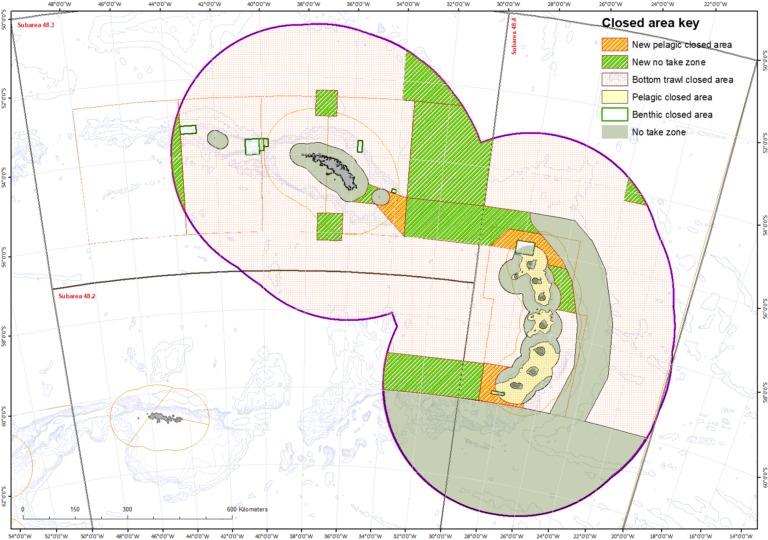

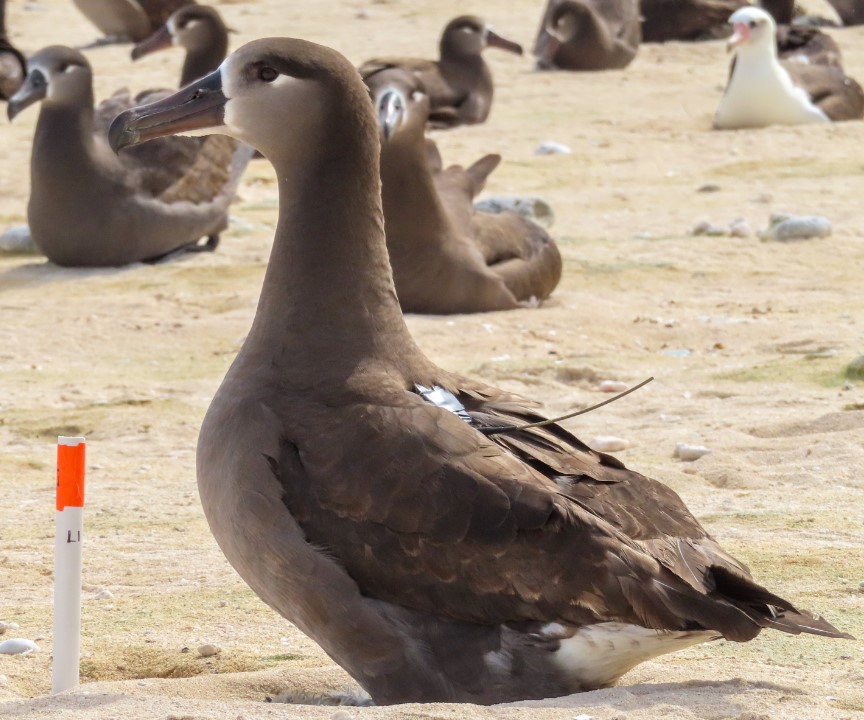
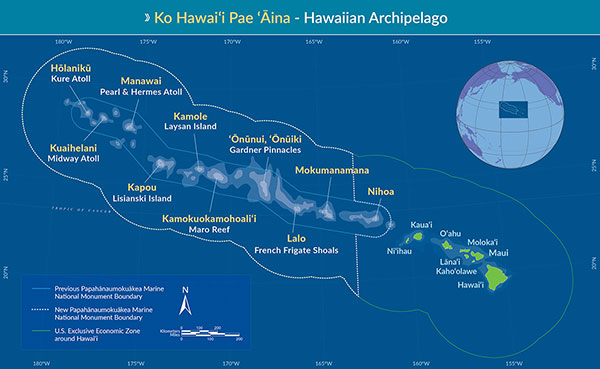 North-Western Hawaiian Islands within the Papahānaumokuākea Marine National Monument (solid line)
North-Western Hawaiian Islands within the Papahānaumokuākea Marine National Monument (solid line)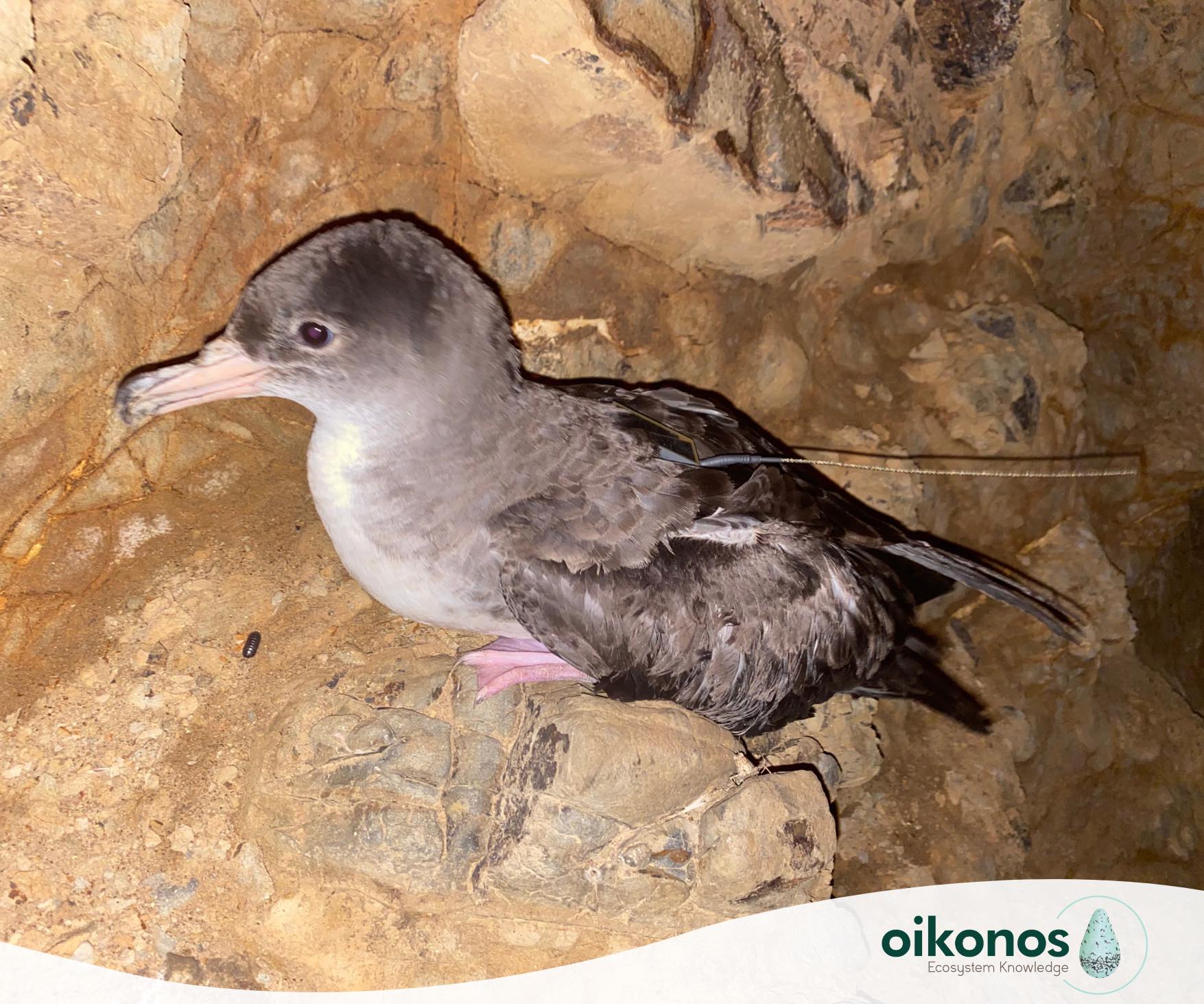
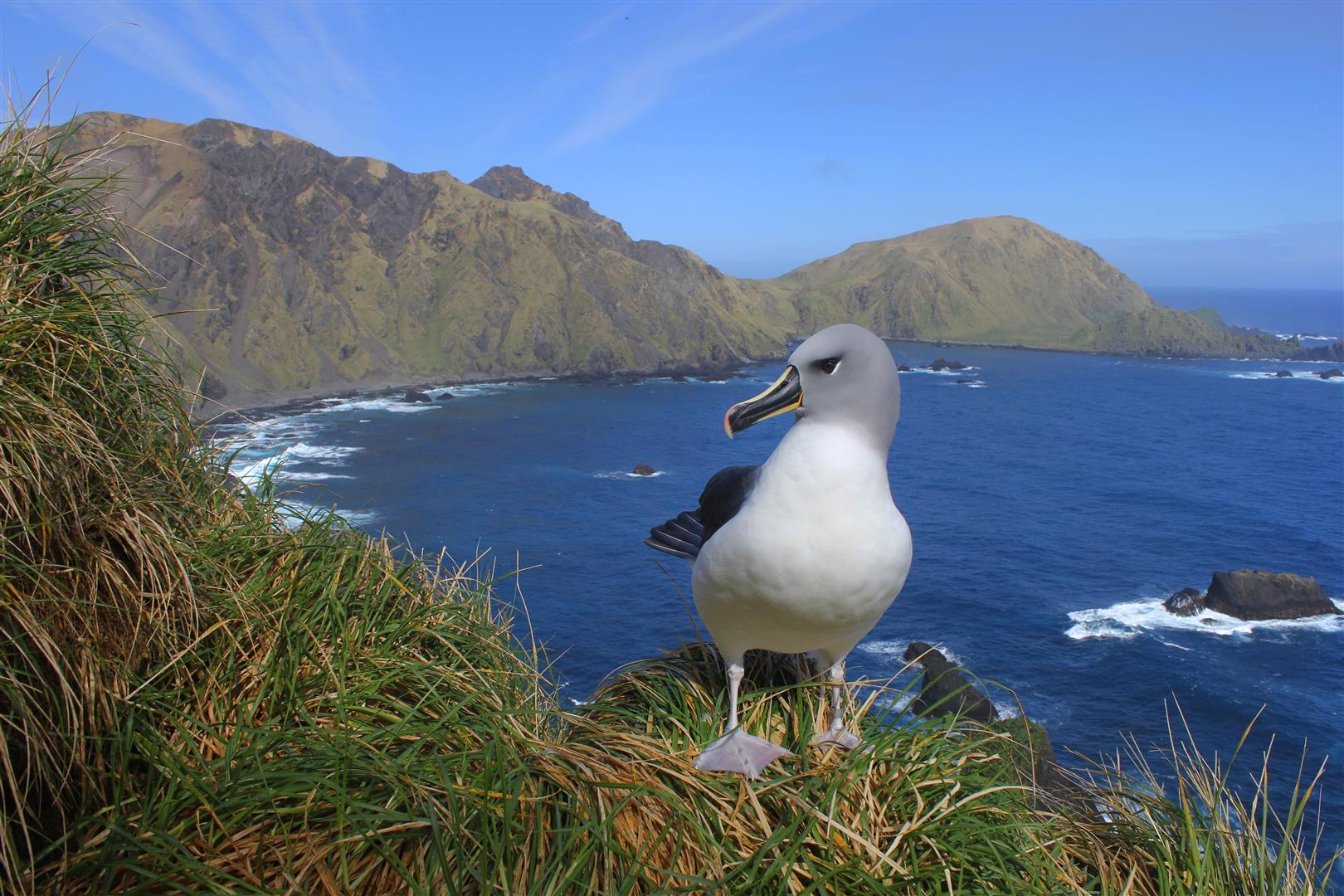 The successful eradicaiton of rodents and rabbits from Australia's Macquarie Island was an example in the study of where effective conservation interventions relieved the threat load on Australia's threatened bird taxa. A grey-headed Albatross on Macquarie Island; photo by Melanie Wells
The successful eradicaiton of rodents and rabbits from Australia's Macquarie Island was an example in the study of where effective conservation interventions relieved the threat load on Australia's threatened bird taxa. A grey-headed Albatross on Macquarie Island; photo by Melanie Wells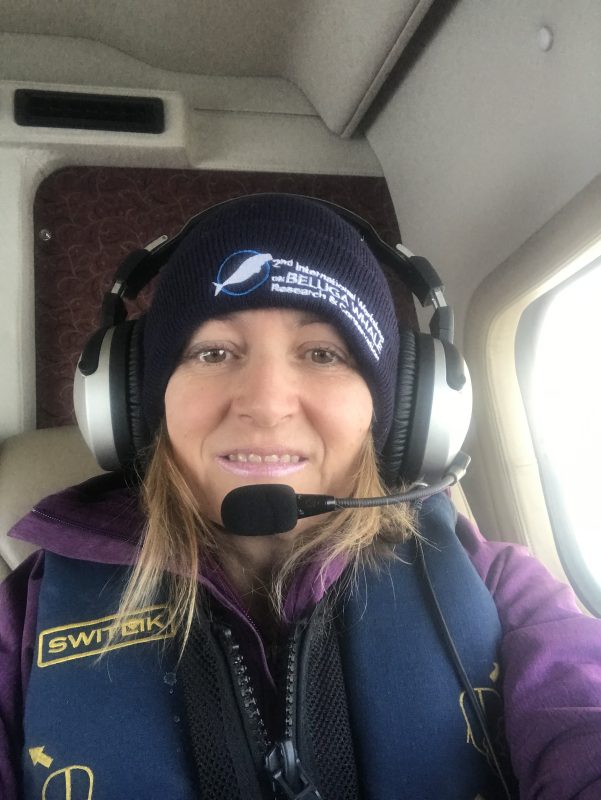 Verena Gill on an aerial survey for Beluga Whales in Alaskan waters
Verena Gill on an aerial survey for Beluga Whales in Alaskan waters